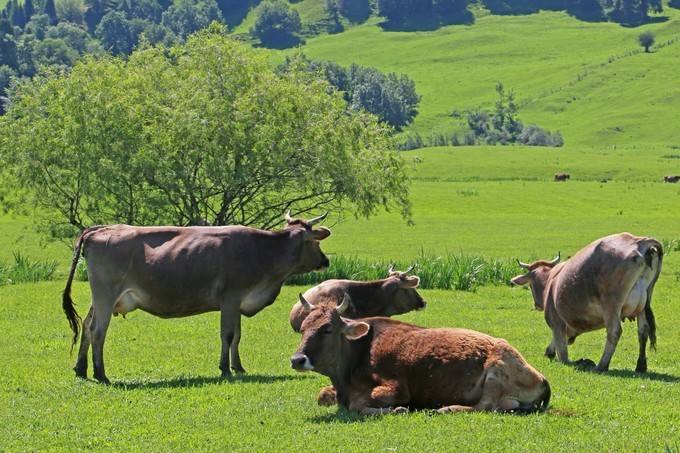The cattle in the grassland
2 min readFrom such a policy, it is easy to find that the development pace of animal husbandry in Xinjiang is faster and faster. in fact, the animal husbandry in Xinjiang has also experienced a long journey of transition from the traditional nomadic herding to the modern animal husbandry.

Before the founding of New China, the herdsmen in Xinjiang were oppressed and exploited, the animal husbandry stayed at the extensive stage of herding dependent on the natural environment. After the liberation, the livestock production was restored. In 1978, the enthusiasm of herdsmen of all nationalities was fully mobilized by the diversified forms animal husbandry production responsibility system, and the animal husbandry in Xinjiang began a steady development.
From 1978 to 1997, the animal husbandry science and technology in Xinjiang made several remarkable achievements. Xinjiang Academy of Animal Husbandry was established, and then the Institutes of Animal Husbandry in Altay Prefecture, Changji Hui Autonomous Prefecture, Bayingolin Mongol Autonomous, and Ili Kazakh Autonomous Prefecture were set up successively, and a down producing goat research center was set up in Aksu Prefecture.

More than 1,000 animal husbandry, veterinary, and grasslands stations were set up in the four levels of autonomous region, prefecture county, and town, basically completing the technology promotion network. New species breeding and improving made new progresses.
In those 20 years, China merinos lamb and Xinjiang down producing goat were cultivated successively, greatly improving the wool producing capacity and the economic benefit, and the former has been extended to more than 10 domestic provinces.
The sheep in Xinjiang has different breeds and various shapes, the wool also has many variety.

After entering the 21st century, Xinjiang has vigorously implemented the development strategy of modern animal husbandry, to accelerate the transformation of traditional animal husbandry, actively explore the modern animal husbandry, continue to promote the change of production mode, growth pattern, and management style of the livestock, all of which have helped achieve a rapid increase in the animal husbandry production and management level.

In addition to the increasing of the quality and efficiency of livestock production, the grassland ecological protection work was also carried out simultaneously. In 2012, the Ministry of Agriculture rewarded 75 million Yuan as the implementation of grassland ecology award mechanism to help Xinjiang develop the grassland grazing prohibition and breeding balance area, implement the subsidies for superior pasture and general subsidies for production materials. The implementatio of these protection policies obviously helped the recovery of the grassland grazing forbidden areas in Nalati, Tianchi, and Bayinbuluke, and the pasture landscape was significantly improved.








